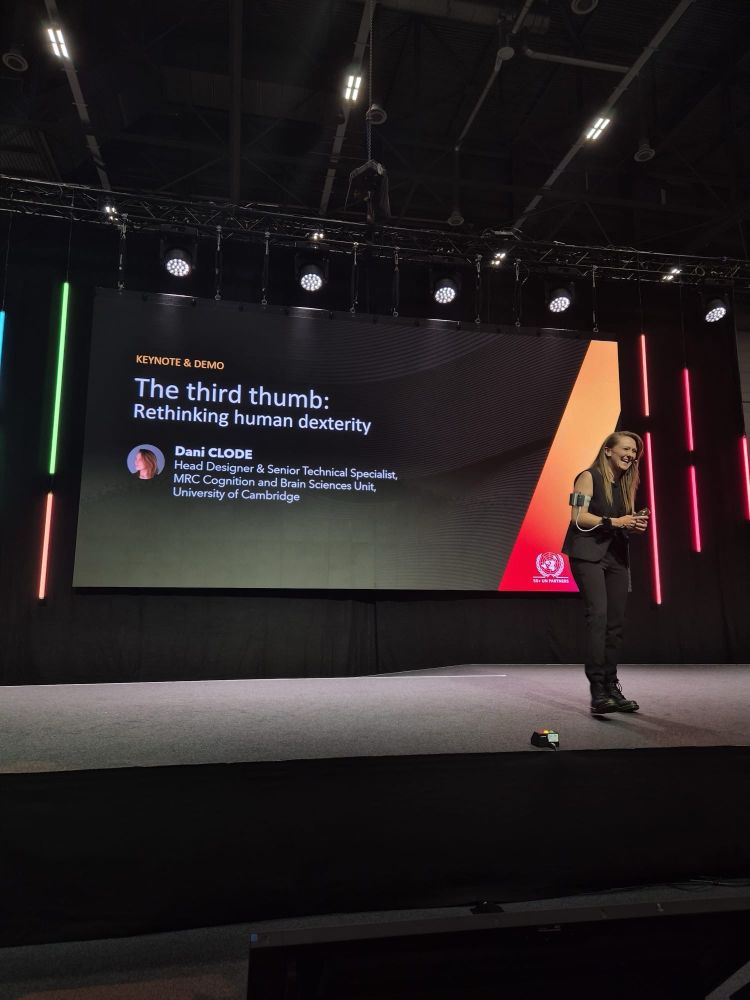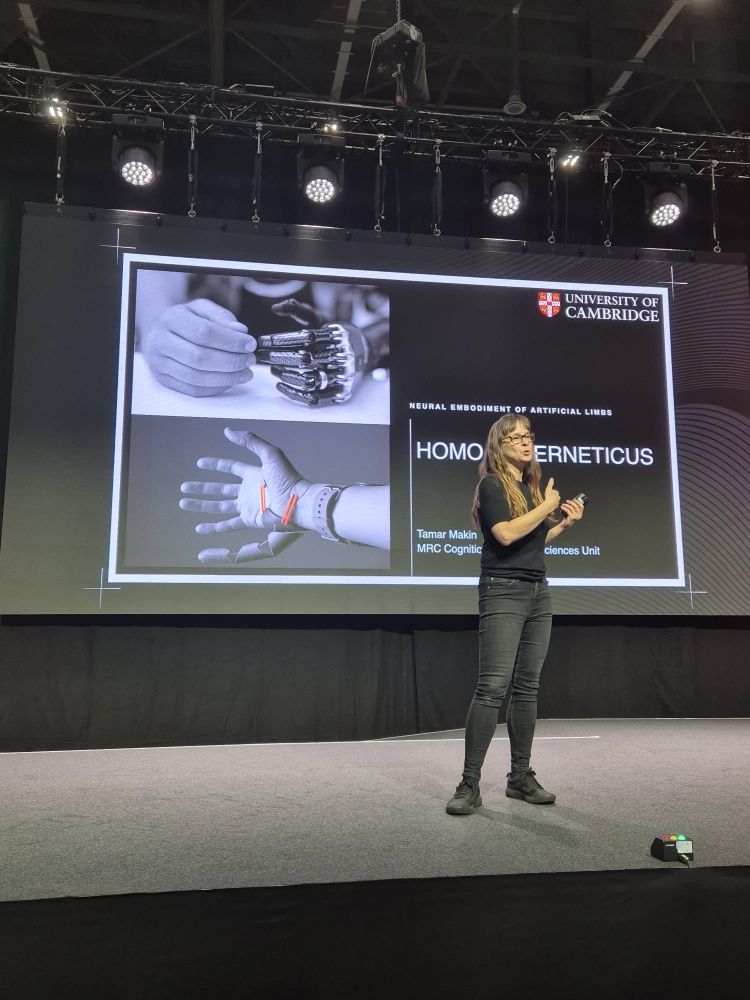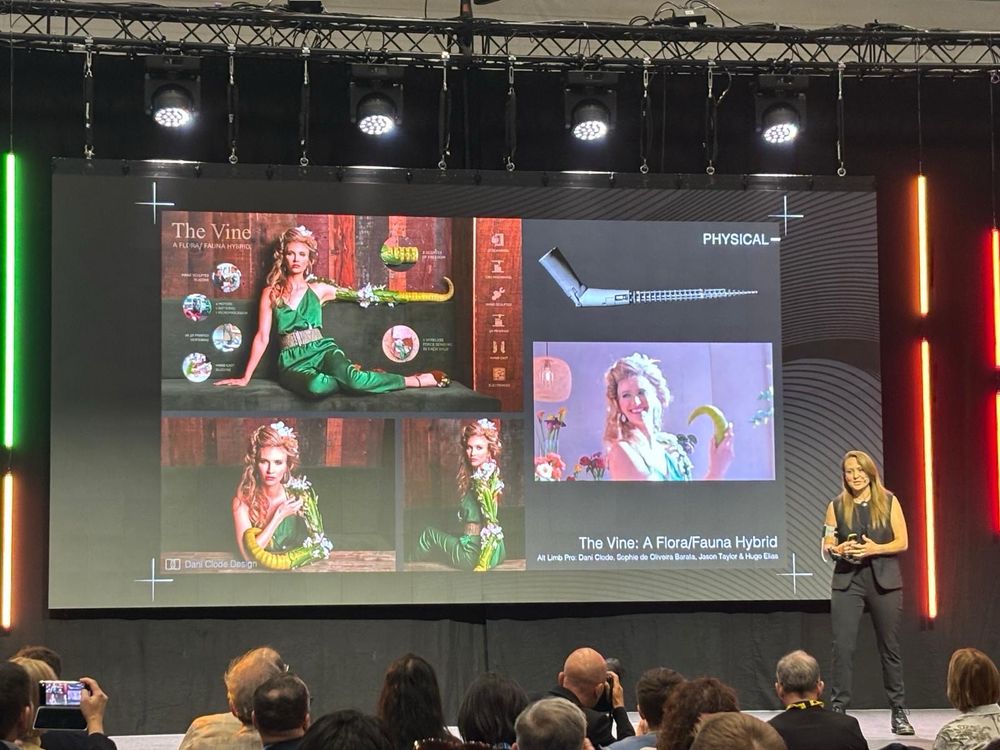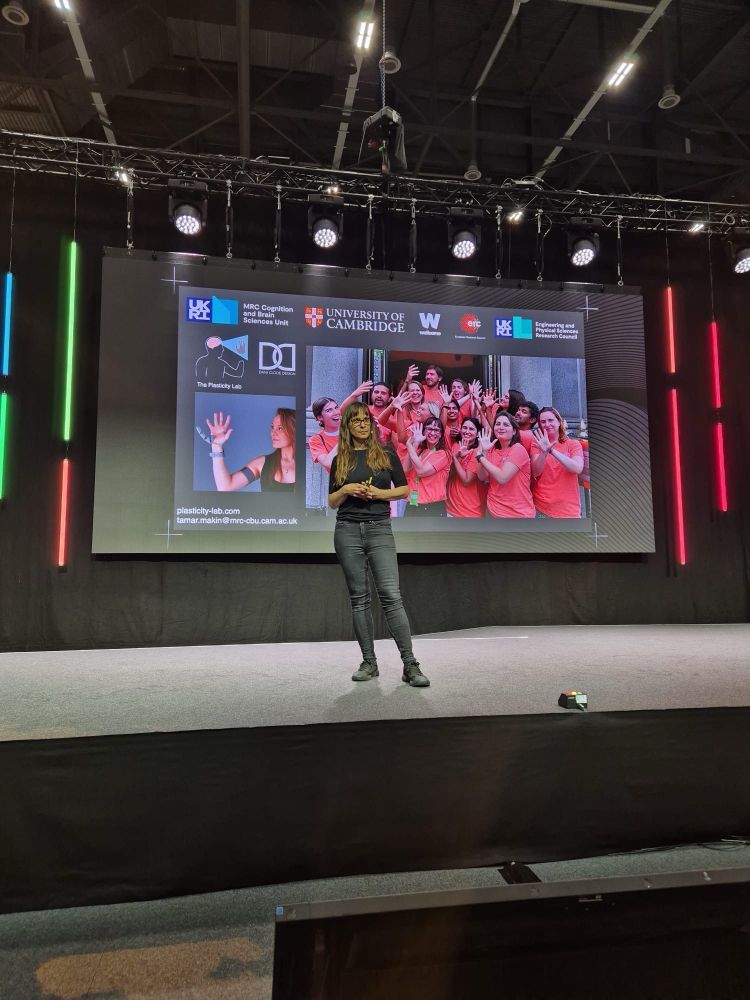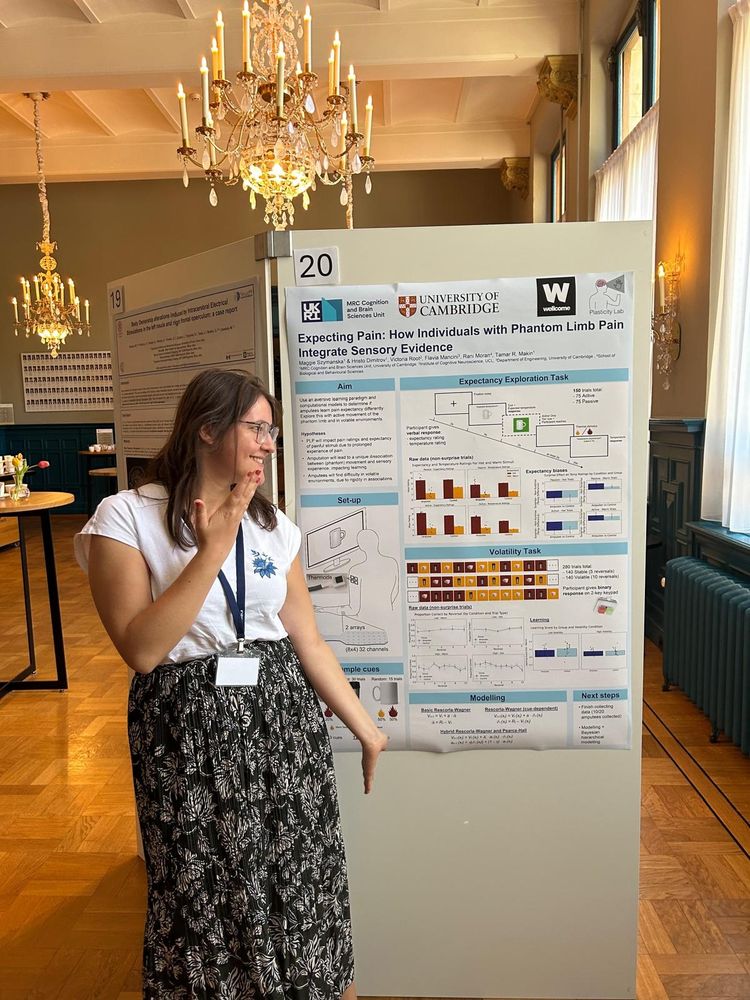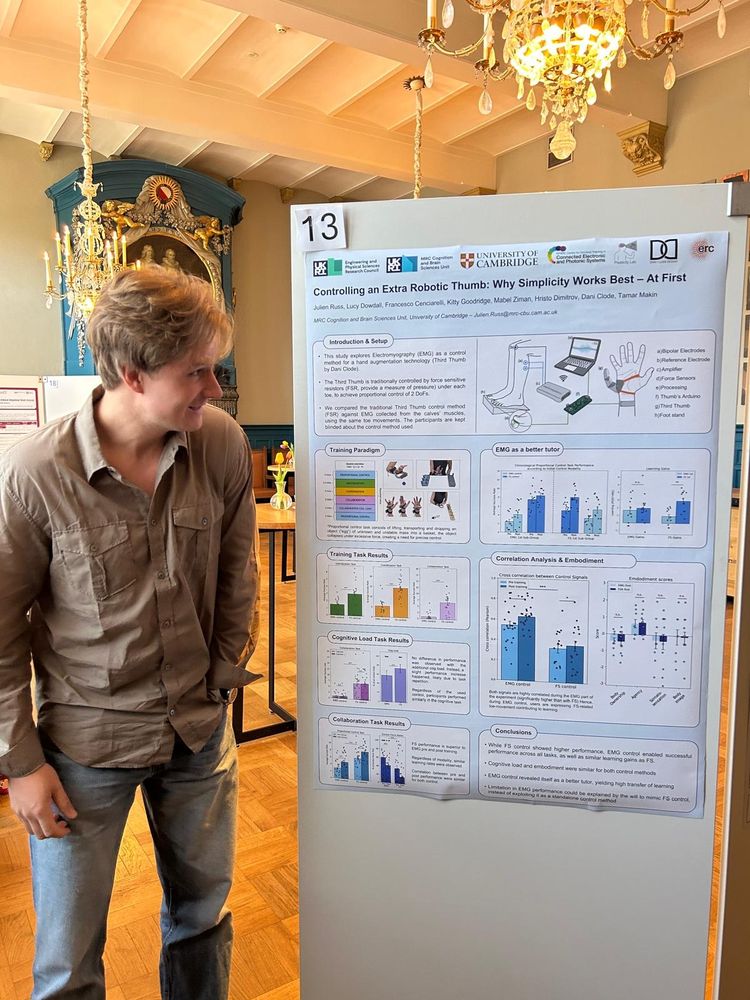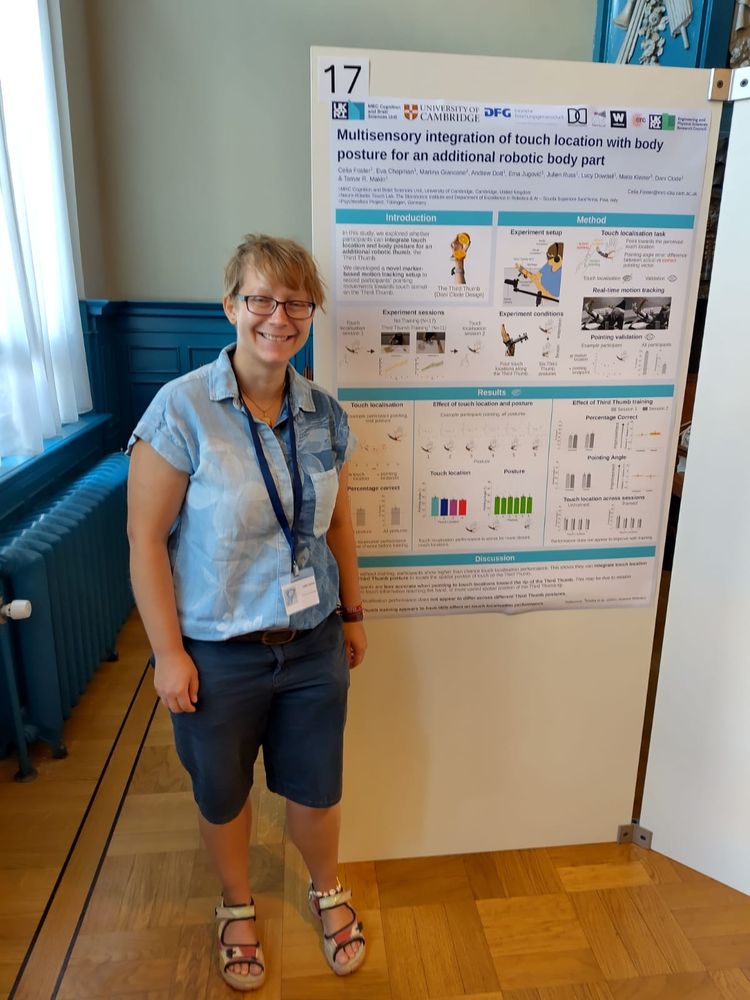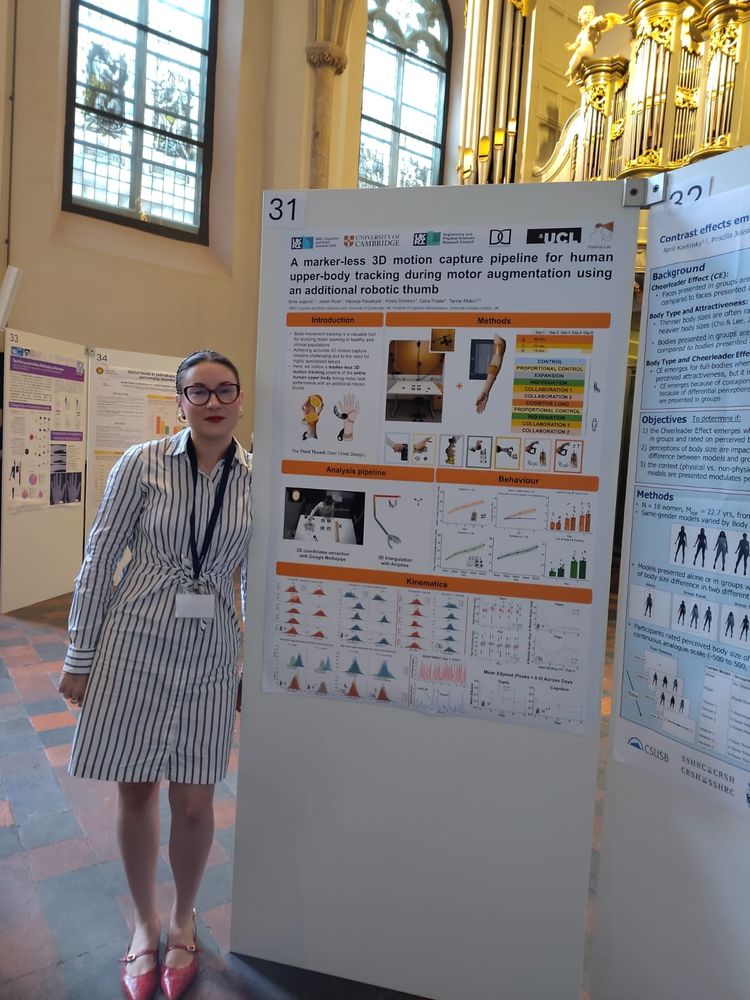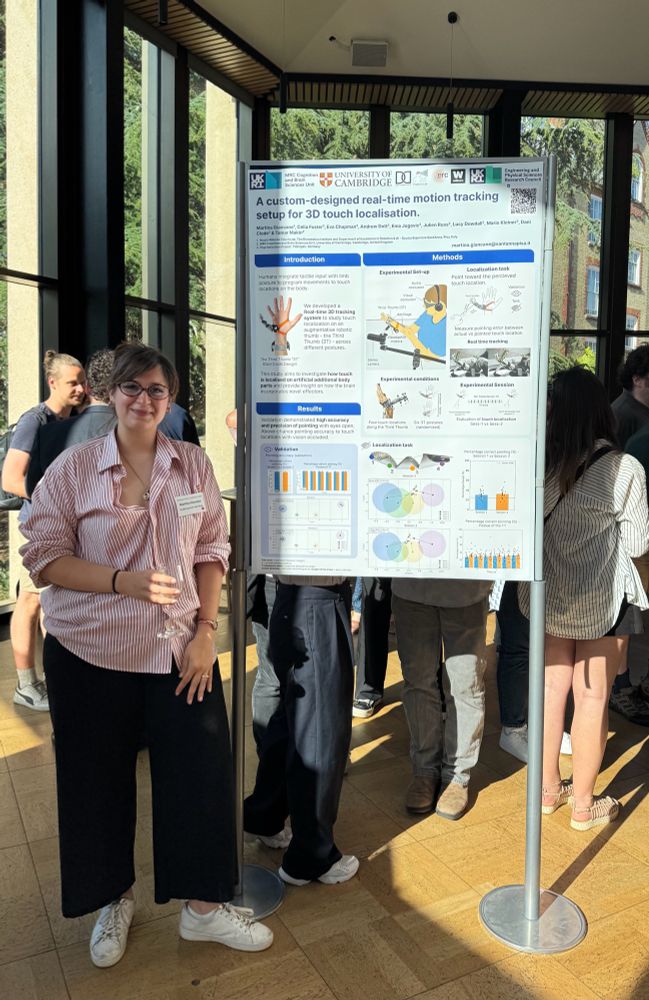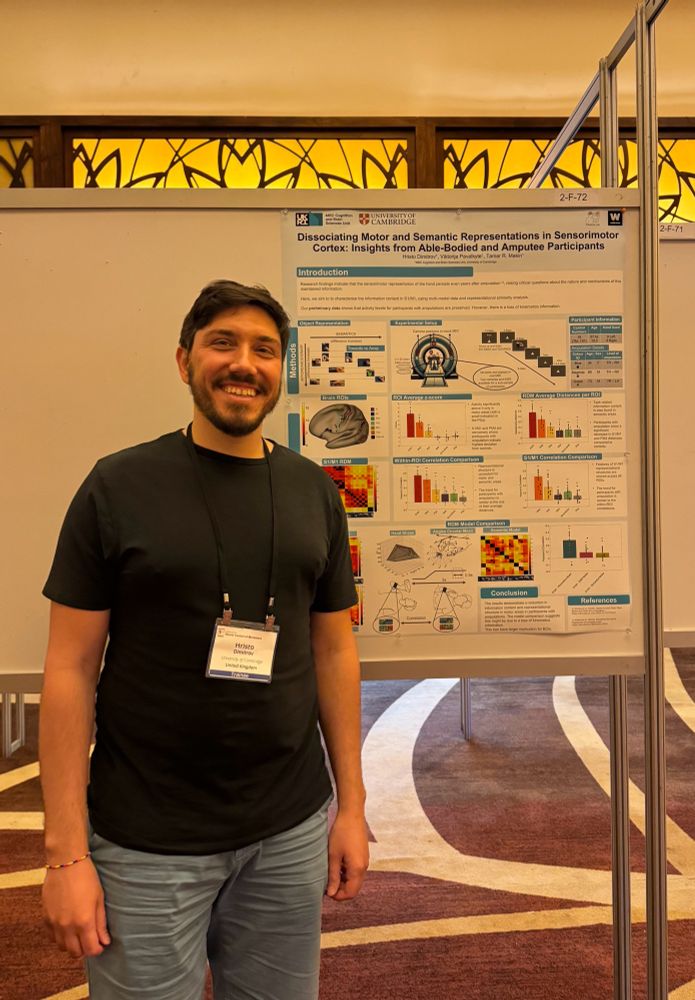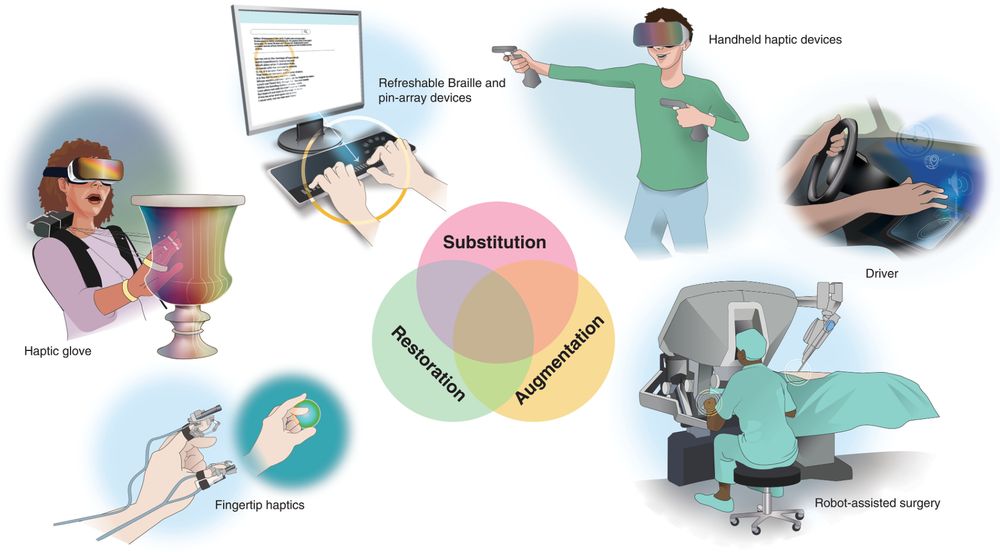
We released TrackStudio (arxiv.org/abs/2511.07624), a fully graphical, open-source toolkit for markerless human motion tracking. It enables use of current 2D/3D tools and video synchronisation without coding.
We released TrackStudio (arxiv.org/abs/2511.07624), a fully graphical, open-source toolkit for markerless human motion tracking. It enables use of current 2D/3D tools and video synchronisation without coding.
10/12

10/12
8/12

8/12
Beginning with EMG control led to superior transfer when switching to force control – suggesting muscle control is a better tutor for generalisable learning.
7/12
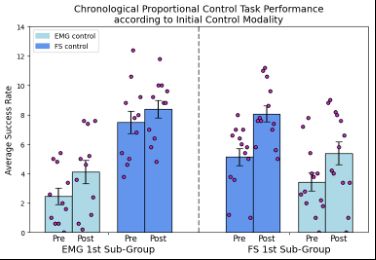
Beginning with EMG control led to superior transfer when switching to force control – suggesting muscle control is a better tutor for generalisable learning.
7/12
6/12

6/12
5/12

5/12
4/12
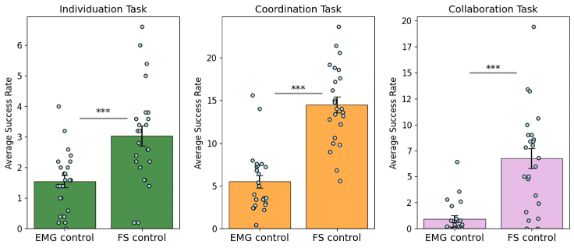
4/12
We compared both control modalities across multiple motor tasks using a counterbalanced within-participants design.
3/12

We compared both control modalities across multiple motor tasks using a counterbalanced within-participants design.
3/12
But what if we tapped into muscle signals directly instead?
2/12

But what if we tapped into muscle signals directly instead?
2/12
In our new study, we put EMG-based muscle control to the test, comparing it to traditional toe force sensor control for operating the Third Thumb (designed by @daniclode.bsky.social).
1/12
In our new study, we put EMG-based muscle control to the test, comparing it to traditional toe force sensor control for operating the Third Thumb (designed by @daniclode.bsky.social).
1/12
